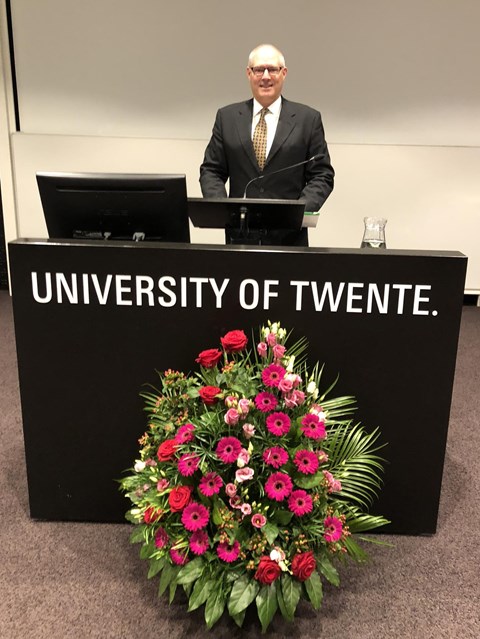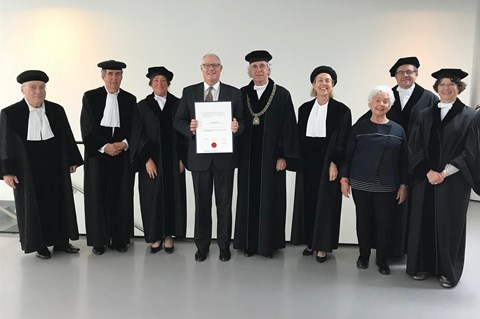Tom Myers
DISSERTATION TITLE:
The Emergent Synchronicity Principle in Appreciative Inquiry: Seeing the Connections
By Tom Myers
August 2018
University of Twente
This study investigates both individual and group interactions around Synchronicity awareness and the possibility of including a new Synchronicity Principle in Appreciative Inquiry (AI) methodology and practice. In his initial research, Swiss psychologist C. G. Jung defined Synchronicity as “a meaningful coincidence of two or more events, where something other than probability of chance is involved” (Jung, 1952, p. 5). Jung goes on to describe Synchronicity as coincident experiences of ‘acausal’ events between our inner world (the psyche: everything that is conscious and unconscious) and our outer world experiences (Ibid).
In order to gain a deeper understanding around Synchronicity and AI, the following questions are presented and discussed in this study:
(1) How does one recognize Synchronicity as a social phenomenon?
(2) What are the types of settings where one might acquire a heightened awareness of Synchronicity that provides a new perspective? Finally,
(3) What is the value to create and present a “Synchronicity Principle” within an Appreciative Inquiry framework?
A mixed methodology of research is employed to address these questions. Qualitative data is collected through one-on-one personal ethnographic interviews (n=31) and focus-group sessions (6). In both settings, questions constructed in an AI framework were used (Cooperrider & Whitney, 1999). Qualitative data analysis includes identifying common and reoccurring themes, recognizing specific terminologies, and recording of stories of Synchronicity experiences. Additionally, quantitative data analysis is conducted through a comparison of pre- and post-surveys of interview and focus-group participants. Quantitative analysis of a number of variables informed the interpretation of how an individual’s or a group’s Synchronicity awareness increased, remained constant, or declined during the process. Through the combination of foundational meta-analysis research and current qualitative and quantitative analysis, new possibilities of Synchronicity awareness are identified.



